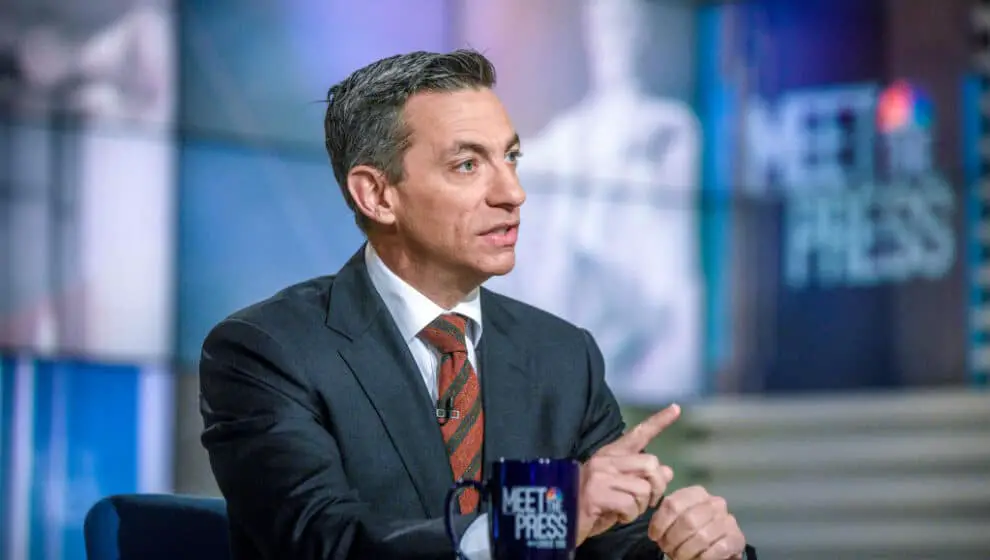Twitter’s Trust and Safety team discovered a scandal surrounding a think tank’s attempt to label American citizens falsely as Russian bots and spread paranoia about Russian influence—but said nothing.
Key Details
- Independent journalist Matt Taibbi, working with Twitter CEO Elon Musk and other journalists like Bari Weiss and Lee Fang, released the 15th official part of the Twitter Files on Friday, January 27.
- The newest part reveals that a think tank’s project, Hamilton 68, involved creating a list of supposed Russian bots and using it to propagate fears of Russian collusion. The list was primarily comprised of average American citizens. Twitter saw through the claims but never said anything about it publicly.
- “The Hamilton 68 dashboard was a high-level scam to falsely accuse Russian influence behind everything. Their entire opaque system was a fraud, and virtually every media outlet fell for it. Everyone from the New York Times to Mother Jones should post a correction,” says Fang.
- “Shame on MSNBC for misleading the public!” tweeted Elon Musk.
- See our previous coverage on Part 1, Part 2, Parts 3-5, Part 6, Part 7, Parts 8-10, Parts 11-12, Part 13, Part 14, Lee Fang’s Pfizer coverage, and The Facebook Files.
Breaking Down Part XV
Hamilton 68 was a “dashboard” created by the think tank Alliance for Securing Democracy that was designed to track Russian influence, and the majority of major media companies as a source of information during the Trump administration used it. It was run by MSNBC contributor and former FBI official Clint Watts. Its advisory council includes writer Bill Kristol, former Russian ambassador Michael McFaul, former Clinton staffer John Podesta, and several former heads of government agencies like the NSA, CIA, and Homeland Security.
At a time when the media was paranoid about the influence of Russia over the 2016 election and of the sitting President of the United States, Hamilton 68 served as the source for numerous claims—that Russian bots were amplifying Twitter hashtags and that Russians propped up dissident political campaigns like those of Trump and Bernie Sanders, argued against military strikes in Syria, and promoted Fox host Laura Ingraham.
Hamilton 68 hosted a list of over 600 accounts that it claimed were linked to Russian activities, although it never released the list on the claim that doing so would result in these accounts being shut down by Russia.
Twitter actually found a way to recreate the complete Hamilton 68 list and was internally surprised to realize that none of the alleged accounts were bots nor connected to Russia.
“In layman’s terms, the Hamilton 68 barely had any Russians. In fact, apart from a few RT accounts, it’s mostly full of ordinary Americans, Canadians, and British,” says Taibbi.
“The Hamilton dashboard falsely accuses a bunch of legitimate right-leaning accounts of being Russian bots,” says former Twitter Trust and Safety Head Yoel Roth. “Virtually any conclusion drawn from it will take conversations in conservative circles on Twitter and accuse them of being Russian.”
Taibbi suggests that Hamilton 68 was a “scam.” Instead of tracking genuine Russian disinformation efforts, which didn’t appear to be very common, it collected real accounts and accused them of being Russian bots. Twitter recognized the ethical dilemma this created and internally debated releasing the complete list of names to force a confrontation with Hamilton 68. This never came to pass, and many of the people working at Twitter at this decision would end up working on various staffs in the Biden administration.
The Twitter Files contain the complete list of names, and Taibbi reached out to several of them for comment, none realizing they were on a think tank’s list as noted Russian bots. It includes Lebanese civil war refugee Sonia Monsour and Chicago-based lawyer Dave Shestokas. “I’m shocked. Supposedly in a free world, we are being watched at many levels by what we say online,” says Sonia. “I’ve written a book about the U.S. Constitution. How I made a list like this is incredible to me,” says Shestokas.
The information put forward by Hamilton 68’s dashboard was used by almost every significant media institution, academia, and multiple congressional investigations. It was even promoted by Dianne Feinstein, James Lankford, Richard Blumenthal, Adam Schiff, and Mark Warner.
Twitter saw through the scandal but was too afraid to challenge it and face the media’s wrath directly. Its claims were used to silence support for numerous news stories, including discussions on Brett Kavanaugh, the Nunes Memo, the Parkland shooting, election manipulation, and criticism of the Mueller investigation. It also was used to smear politicians and stoke additional fear and paranoia.
“The mix of digital McCarthyism and fraud did great damage to American politics and culture. News outlets that don’t disavow these stories or still pay Hamilton vets as analysts shouldn’t be trusted,” says Taibbi.
